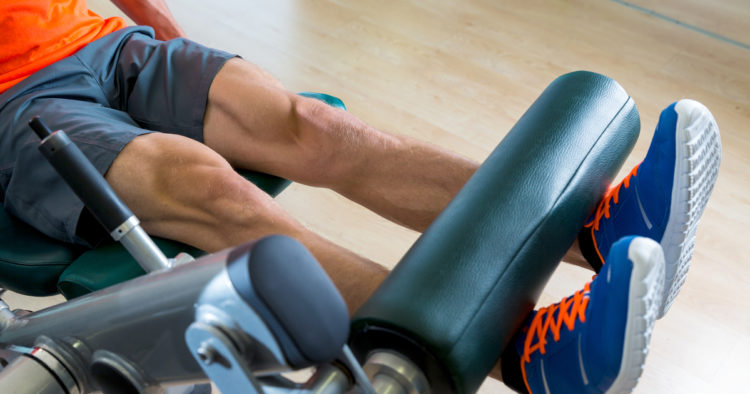Gym are closed indefinitely and a lot of questions have stirred about loss of gains and the rate in which they’ll come back when gyms re-open. Unfortunately, there’s not really a golden “all the time” rule that applies across the board for lifters with varied training ages and histories, but there is some data that we can look at for solace and peace of mind.
For example, we have a relatively decent understanding that “muscle memory” is a proven concept when it comes to skills and intricacies of sports. However, there are still some discrepancies as to what really goes on in the muscles at a gene and protein level with this phenomenon following periods of detraining.
In a study published last month in the Medicine and Science in Sports and Exercise Journal, researches assessed different molecular responses in trained and untrained muscle. (1)

Researchers had 19 untrained individuals with no prior sports or lifting background follow a unilateral leg training program for 10-weeks. Essentially, researchers had the individuals train just one of their legs with exercises like the leg press and leg extension while the other leg didn’t receive any stimulus whatsoever.
Following the 10-week training intervention, researchers had the individuals take a full 20-weeks off of training, which was then followed by an acute training session where individuals trained both legs. Muscle biopsies were then taken both at rest and at one hour post the acute training session.
During the muscle biopsies, researchers looked at multiple gene markers and biochemical signals within the muscle cells of each leg that are often related to muscle health and growth.
They noted that the phosphorylation of AMPK and EEF2 were higher in the previously trained leg. AMP-activated protein kinase (AMPK) is an enzyme that plays a role in cellular energy, and EEF2 is a protein that is essential for protein synthesis. Additionally, the trained leg had elevated levels of genes related to myogenesis (formation of muscular tissue) compared to the untrained leg, which researchers suggested was more apparent in male subjects.
In terms of performance, researchers noted that the trained leg expressed roughly 50% of it strength that it gained during the 10-week training intervention and was more sturdy during the follow-up session.
So what does this all mean..?
The research shines light on muscles being able to express both metabolic and genetic differences when previous training exposure has taken place before a period of detraining. This is useful information, and promising at that, for everyone that is fretting about the loss of gains due to gym closures.
Strength and muscle will presumably bounce back quicker with previous training exposure due to metabolic and genetic changes exercise induces, so it’s important that we continue to perform at least some form of exercise while we’re not physically in the gym. We may not be placing the same demands on the body, but at least we’re doing something to continue to potentially alter our genetic and metabolic pathways.
Now, it’s important to note that this study’s population size was small and it was only performed on young healthy individuals, so metabolic and genetic will likely vary for other populations, yet it’s still promising to see that the work we’ve put in before gym closures is not going to a complete waste!
8 Bodyweight At-Home Workouts
Subscribe the BarBend’s email newsletter below to grab 8 FREE at-home workouts from top athletes and coaches!
[drip_email_subscribe_form_cap]
References
1. Moberg M, e. (2020). Exercise Induces Different Molecular Responses in Trained and Untrained Human Muscle. – PubMed – NCBI . Retrieved 31 March 2020, from https://www.ncbi.nlm.nih.gov/pubmed/32079914
Photo by By lunamarina / Shutterstock